For more information, contact the Santa Rosa Environmental Protection Office at:
- Vivian Hamilton, EPA Director
EPADirector@santarosa-nsn.gov
951-659-2700 ext 107 - Riyad Alawadi, EPA Assistant
EnviroAsst@santarosa-nsn.gov
951-659-2700 ext 104 - or visit our Facebook page at: www.facebook.com/santarosacahuilla
PLEASE CHECK BACK SOON FOR MORE INFORMATION ON THIS PAGE
The Santa Rosa Band of Cahuilla Indians established the Environmental Department in 2000 with the intention of protecting the various resources that have allowed life to flourish on the Reservation from time beginning. These resources include water, land, soil, rocks, forests (vegetation), plants, animals and minerals. Currently, the department employs three (3) personnel. The staff includes the Environmental Director, Environmental Assistant and Water Technician, with the Environmental Director reporting directly to the Tribal Council. The mission of the Environmental department is simple:
“To protect the health of the People and the Environment of the Santa Rosa Indian Reservation”.
Historically, the People of Santa Rosa lived in harmony with the Environment, and “protection” was not necessary. However, with the arrival of modern civilization and the emissions, waste, water usage, and neighboring cities which have accompanied, protection became a critical element in maintaining the environmental integrity of the Reservation and its resources. With technical and financial assistance in the form of grants from state and federal agencies, the Santa Rosa Environmental Department has successfully maintained a healthy and thriving environment throughout the years. The department is funded by three (3) primary grants, they are:
- Indian General Assistance Program (GAP): The goal of GAP is to assist tribes in developing the capacity to manage their own environmental protection program. Specifically, GAP provides tribes with assistance for planning, developing and establishing environmental protection programs in Indian country, and for developing and implementing solid and hazardous waste programs on tribal lands.
- Clean Water Act section 106 (CWA 106): The Clean Water Act (CWA) is the foundation for the protection of surface water quality in the United States. Section 106 authorizes Federal EPA to provide financial assistance to eligible tribes. EPA provides this financial assistance in the form of water pollution control grants. Specifically, section 106 grants provide funding to build and sustain effective water quality programs that ensure the health of tribes’ water bodies.
- Clean Water Act section 319 (CWA 319): Under Section 319, tribes receive grant money that supports a wide variety of activities including technical assistance, financial assistance, education, training, technology transfer, demonstration projects and monitoring to assess the success of specific nonpoint source implementation projects.
Other agencies Santa Rosa Environmental Department works with include:
- Natural Resource Conservation Service (NRCS): The Natural Resource Conservation Service (NRCS) provides conservation programs and assistance to Tribal governments in the form of technical and financial assistance.
- California Department of Fish & Wildlife (CDFW): Similar to the NRCS, California Dept. of Fish & Wildlife (CDFW) provides assistance to Tribal governments in the form of technical and financial assistance.
- United States Forest Service (USFS): The United States Forest Service also provides technical and financial assistance to Tribal governments.
- U.S. Army Corps of Engineers (USACE): With environmental sustainability as a guiding principal, USACE strives to improve America’s waterways and protect its natural resources. USACE also provides recreation opportunities at campgrounds, lakes, marinas, and streams.
- Bureau of Indian Affairs (BIA): The Bureau of Indian Affairs also provides technical and financial assistance to Tribal Governments.
- Bureau of Reclamation (BOR): The Bureau of Reclamation also provides technical and financial assistance to Tribal Governments.
Over the years Santa Rosa Environmental Department has implemented numerous projects including:
Junk Car Cleanup: Junk vehicles are a highly concerning source of surface and groundwater contamination, as the toxins from the paints and metals will decay and erode away over time, being carried along the surface during rains, or leaching into the ground. In 2006, the Santa Rosa Tribal Administration and Environmental Department orchestrated an event to remove non-operational junk vehicles from several areas around the Reservation. In total, over 100 vehicles were crushed and removed as a result of the effort. This was a highly successful event, but there are still approximately 100 more cars that need to be removed.
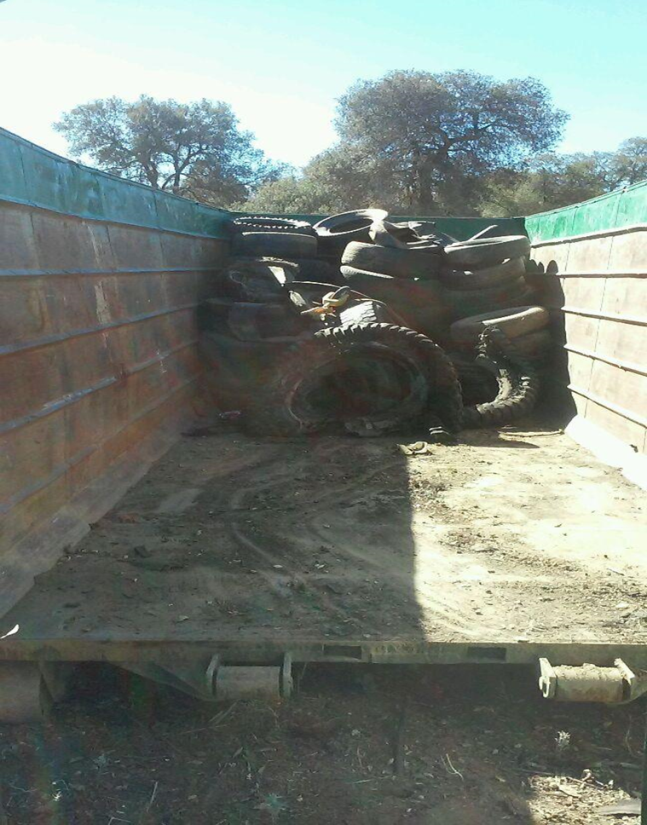
Tire Collection Event: Tires contain a number of chemicals that are ecologically problematic, and due to their heavy metal, petroleum, and other pollutant content, tires pose a risk for the leaching of toxins onto surface water and into groundwater. In 2016, for 2 months, Environmental staff collected nearly 100 tires from illegal dump sites, auto junkyard areas, and residents’ houses. The collected tires were then taken to the Moreno Valley Landfill where they were properly disposed of.
Berm Construction near Palm Canyon: Working with the NRCS, Santa Rosa has constructed several large, concentric berms near the precipitation drainage zone near Palm Canyon. In the past, heavy rain events would wash-out cliffs and form large gorges entering a waterway known as Palm Canyon. The berms have successfully redirected the rainwater to a natural, pre-existing smaller waterway, which then gradually leads into Palm Canyon.
Earth Day Events: For the past 5 years the Santa Rosa Environmental Department has hosted its annual Earth Day event. The event serves as a wonderful opportunity to bring local, state and federal agencies together in one arena to openly and actively discuss issues related to our Mother Earth and Her resources. The event is open to the public and all people are encouraged to attend the event and participate in the many activities throughout the day.
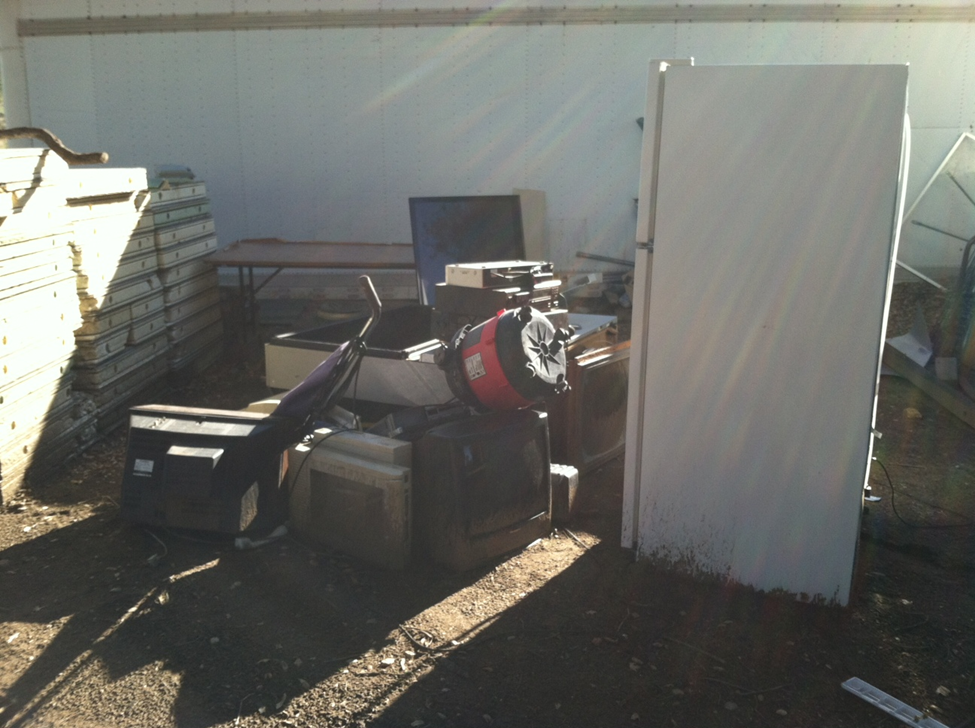
Electronic-waste Collection Events: Informal processing of e-waste can lead to adverse human health effects and environmental pollution. In an effort to reduce the potential of this problem, twice per year the Santa Rosa Environmental Department will host an E-waste collection event on the reservation. Items collected typically include cell phones, T.V.s’ computers, stereos and speakers. The events usually generate a good amount of e-waste which is then given to a collector who properly disposes of it.

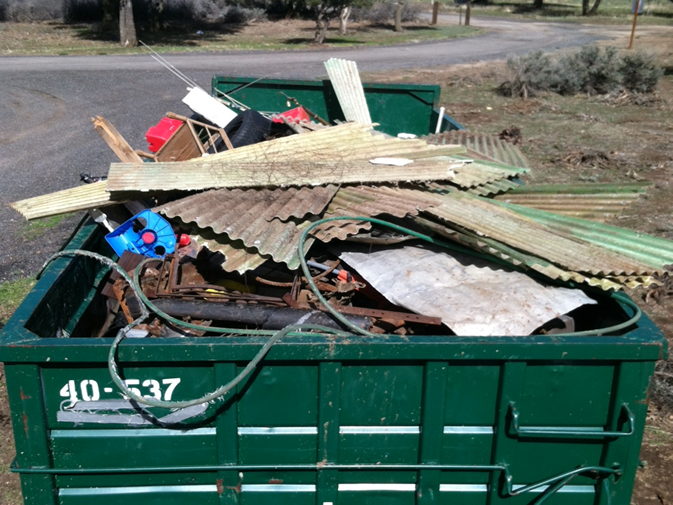
Solid Waste Collection Events: Illegal dumping on tribal land has historically been an issue and concern. Although illegal dumping has slowed or altogether stopped, there still remain old illegal dump sites in need of clean-up. Solid waste dump-sites are a source of surface and groundwater contamination. In an effort to reduce the amount of solid waste dumped illegally, the Environmental department rents out a 40-yard roll off bin for 1 month, which residents can use to properly dispose of solid waste. The bin is rented every 3-4 months and typically fills to the brim.
Palm Canyon Dam Reservoir (PCD): Working with the United States Army Corps of Engineers (USACE), Santa Rosa has dredged and restored Palm Canyon Dam Reservoir. PCD creates a body of water that consists of an upper pond that cascades down into a lower, larger pond. The ponds, surrounding vegetation, and habitat have proven to be highly beneficial to the ecosystem. Migratory birds, rare animals, and beautiful flora and fauna all use the water and habitat created by PCD.
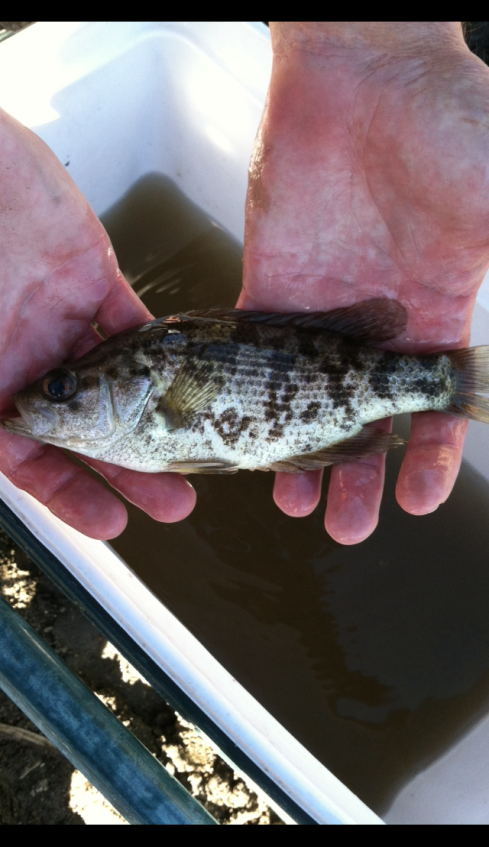
Sacramento Perch Fish Stock: Working with the California Department of Fish & Wildlife (CDFW), Santa Rosa has released a large population of the endangered Sacramento Perch into the PCD pond. PCD holds the only population of the endangered fish in Southern California; we continuously monitor the population to ensure its success.
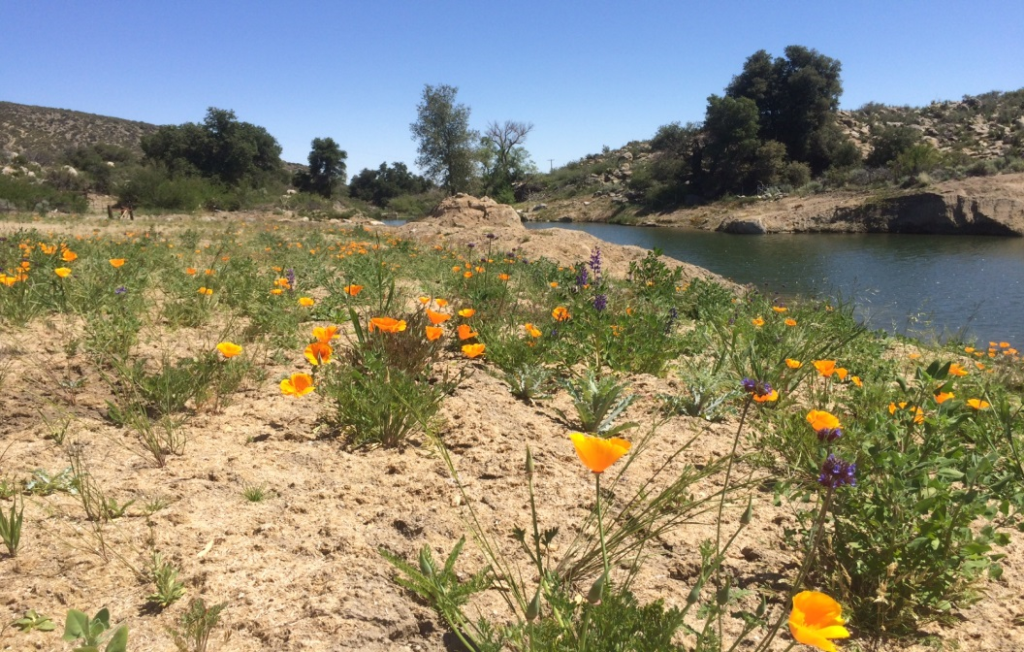
Hydroseeding around PCD: Working with the Natural Resource Conservation Service (NRCS), Santa Rosa has sprayed over 2 acres of native plant hydroseed around PCD; this hydroseed will attract dozens of different species of bird and insect pollinators and provide a gathering area for various different species of plants of traditional use among the Santa Rosa people.
Seeds in the hydroseed mix include: Yarrow, Fourwing saltbush, Desert saltbush, Coyote brush, California brome grass, Saltgrass, CA Buckwheat, CA Poppy, Small Fescue (grass), Deergrass, Needle grass, Native red fescue, Arroyo lupine (hollowleaf annual lupine), CA melicgrass, Purple needlegrass, CA Sagebrush, Black Sage, Chia, and Yerba Manza.
Related Links
- Five R’s
- Horse Creek Dam Newsletter
- Notice of Flora at HCD
- Proper Methods to Disposing of Various Waste Types
- Agricultural Runoff from Farming
- Illegal Dumping and Water Contamination
- Integrated Pest Management
- Non Point Source Newsletter
- Drinking Water Ordinance
- Help Prevent Soil Erosion
- Cattle Gategraze Flyer
